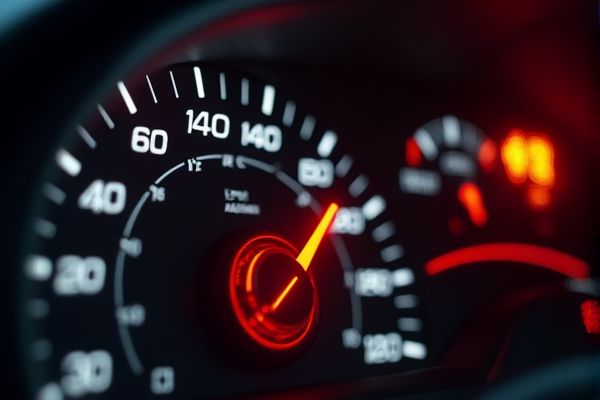
The Hyundai Sonata's check engine light indicates that the vehicle's onboard diagnostic system has detected a potential issue with the engine, exhaust, or emissions systems that needs further investigation. Prioritized data suggest that using an OBD-II scanner to read the specific error codes is essential in pinpointing the malfunction and guiding the necessary repair procedures.
Hyundai Sonata check engine light on meaning
Loose Gas Cap
A loose, broken, or missing gas cap can cause the check engine light to come on.
Failing Catalytic Converter
A clogged or failing catalytic converter can lead to serious emissions issues.
Fouled Spark Plugs
Bad, old, or dirty spark plugs can cause engine misfires.
O2 Sensor Issues
A damaged or malfunctioning oxygen sensor can affect fuel efficiency and emissions.
Dirty Mass Airflow Sensor
A dirty MAF sensor can disrupt air-fuel mixture calculations.
Malfunctioning Fuel Injection System
Issues with fuel injectors can lead to poor engine performance.
Transmission Issues
Problems with the transmission can trigger the check engine light.
Emissions Controls Issues
Faults in emissions control systems can cause the light to come on.
Computer Output Circuit Issues
Problems with computer circuits can affect vehicle performance.
Ignition System Faults
Issues with the ignition system can lead to engine misfires.
Old Battery
A weak or old battery can cause electrical system problems.
Faulty Head Gasket
A broken head gasket can lead to serious engine damage.
For car users
If your Hyundai Sonata's check engine light turns on, safely reduce your speed and pull over to inspect simple issues like a loose gas cap or low oil levels before continuing your journey. Then, prioritize scheduling a diagnostic check with a trusted mechanic using an OBD-II scanner to retrieve error codes, ensuring any underlying engine or emissions issues are promptly addressed to prevent further damage.
Ignoring the check engine light
Ignoring the Hyundai Sonata's check engine light can lead to serious issues--ranging from reduced fuel economy and minor sensor glitches evolving into major engine misfires, to potential catalytic converter failure that can inflate future repair costs by up to 40%. Prioritizing immediate diagnostics and repairs not only preserves vehicle performance and longevity but also prevents small, data-backed mechanical faults from turning into costly, systemic failures over time.
How to reset?
Begin by diagnosing your Hyundai Sonata with an OBD-II scanner to retrieve and clear any stored trouble codes, ensuring that all underlying issues have been addressed before resetting the check engine light. Alternatively, use the battery disconnect method--removing the negative terminal for about 15 minutes--to reset the system; however, professional tools and proper diagnostics are recommended for a precise and safe reset.
Data indicates that diagnostics for a Hyundai Sonata's check engine light typically range between $100 and $150, with sensor replacements and minor repairs costing around $200 to $400. In cases of more extensive issues, such as engine or transmission repairs, the total estimated cost can escalate to over $1,500.
Future prevention
Regularly follow the Hyundai Sonata's maintenance schedule, including routine oil changes, spark plug and oxygen sensor inspections, and use high-quality fuel to ensure optimal engine performance and prevent issues that trigger the check engine light. Perform periodic diagnostic scans to catch minor malfunctions early and address them promptly, thereby safeguarding the engine's efficiency and avoiding costly repairs down the line.
